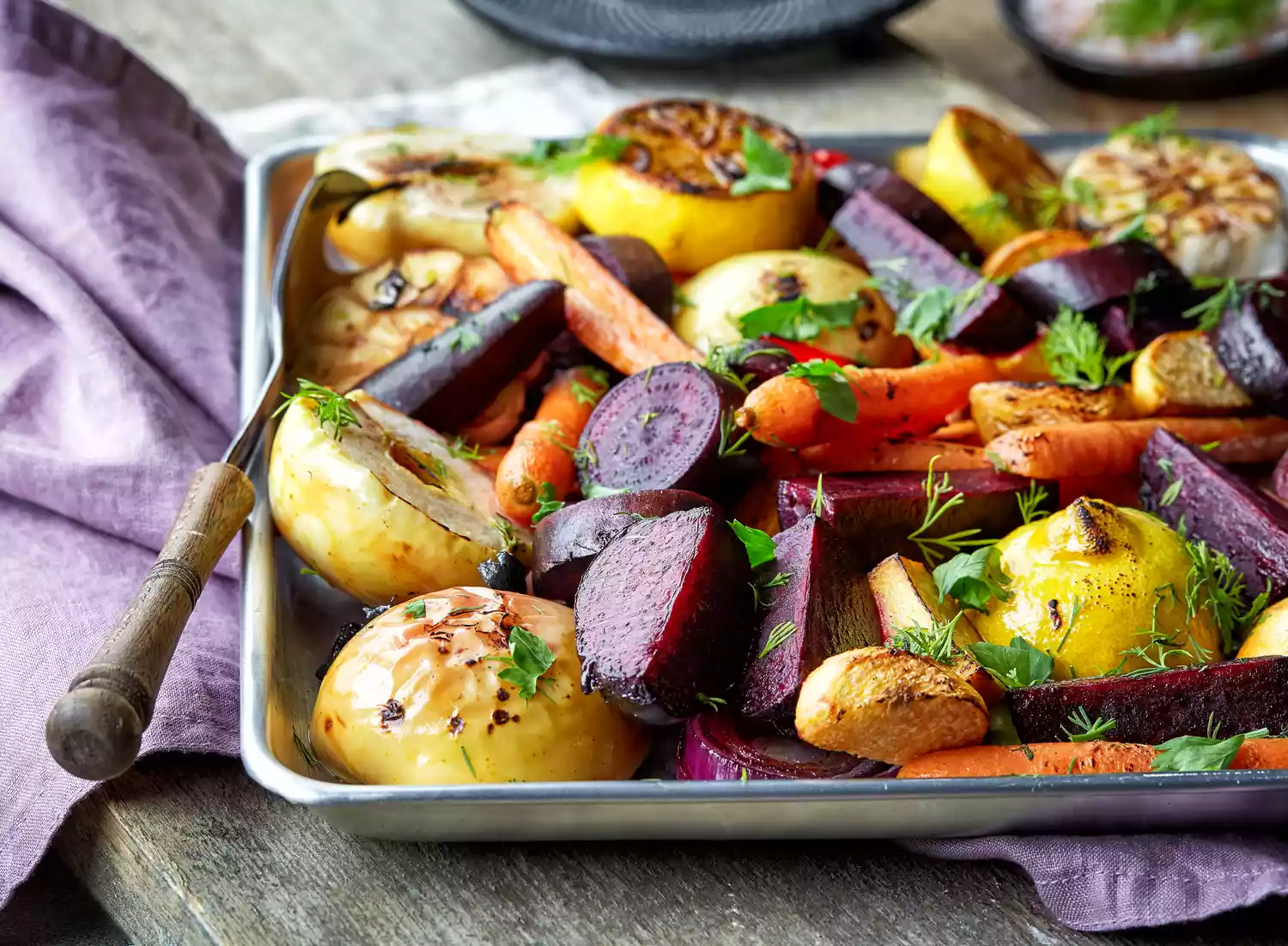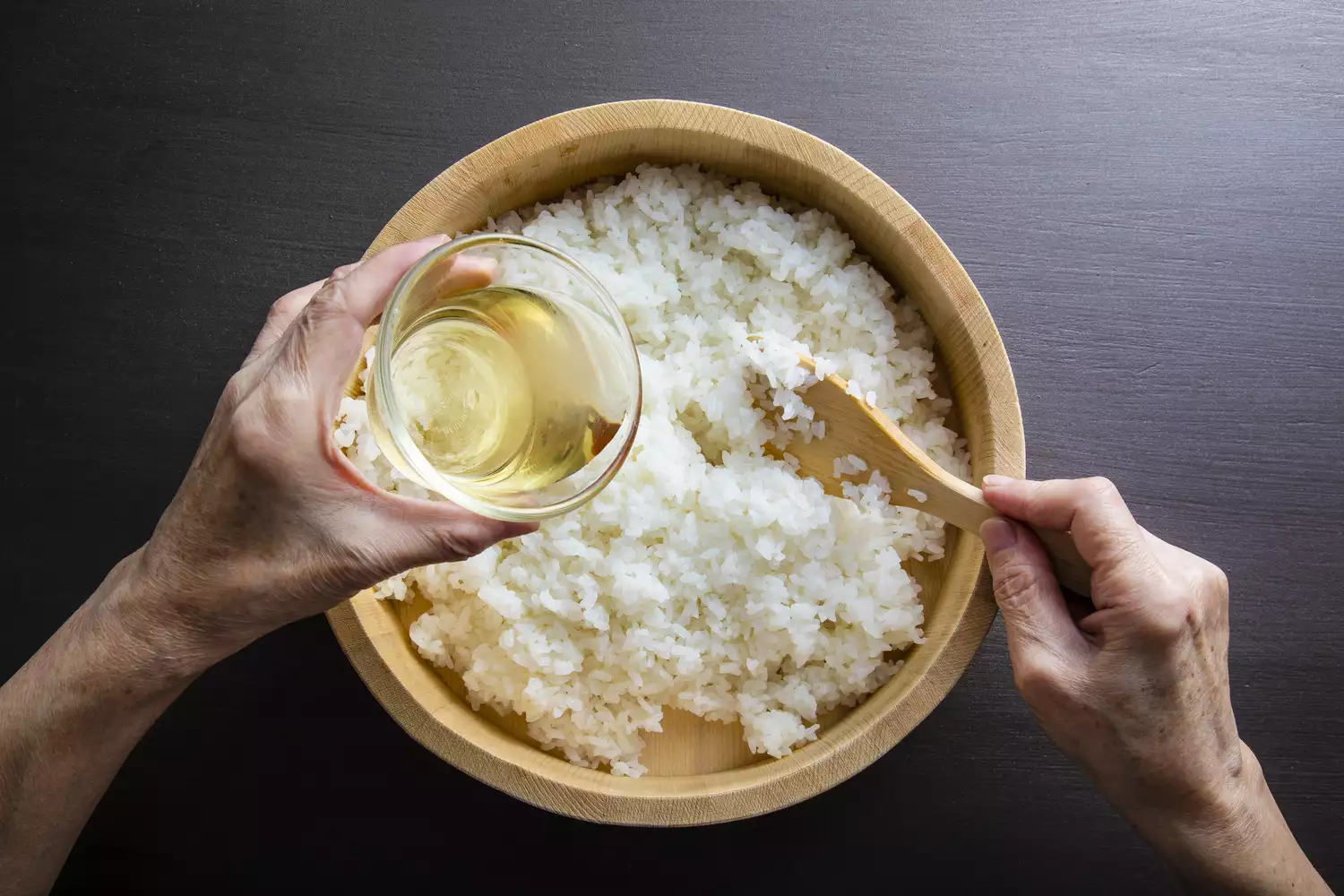Consuming the suggested 1 to 3 cups of veggies every day can be an obstacle. A report by the Centers for Disease Control and Prevention (CDC) found only one in 10 grownups satisfy the U.S. Department of Agriculture’s suggestion.1.
Lots of people who don’t get enough say they don’t like the taste of a lot of vegetables and the few they simulate become too repeated after a while. The excellent news is there are countless ways to prepare veggies that are not just healthy but scrumptious.
Different cooking approaches and utilizing a range of herbs, spices, and flavorings supply unrestricted recipe alternatives. You can likewise increase your day-to-day veggie intake by blending vegetables in casseroles, meatloaf, or soups, and including greens to shakes.
Here are some ideas that will please your taste buds and assistance ensure you get the everyday recommended 2 to 3 cups of veggies a day.
Ask the Pros.
You may believe you don’t like veggies because you haven’t discovered any that match your palate. If your experience with veggies is limited to steamed broccoli and dull casseroles, then it’s definitely time to branch off.
Farmer’s Markets.
Take a look at a local farmer’s market. Talk to local growers and find out which veggies are in season. You’ll get the very best flavor from foods that are grown in your area and chose fresh.
Produce Pros.
If there is no farmer’s market in your area, talk with the grocery produce managers. These pros will more than most likely more than happy to share buying pointers and preparation ideas that can make veggies taste considerably much better. Lots of supermarket likewise offer dish cards with new ideas for cooking.
End Up Being A Master Chef.
Another way to branch out is to take a cooking class, either in person or online. You can discover new-to-you cooking techniques, attempt new dishes, and perhaps even deal with components that are unfamiliar. Ask the chef teaching the class for particular ideas about veggies.
To make certain you constantly have veggies on hand, attempt keeping a less perishable stash of veggies in your kitchen area, too. Go with frozen or canned vegetables as options.
A simple option to minimize the sodium material of canned veggies is to clean and drain your veggies with water before preparing them; which can decrease the salt material by nearly half.
Attempt New Cooking Methods.
Many veggies typically turn mushy and boring ready this way. There are different cooking strategies that can help you find more veggie dishes you like.
Air Frying.
One approach that has actually grown in appeal is utilizing an air fryer to get the scrumptious, crispy taste of fried food without the extra fat and calories. The air fryer’s surge in appeal indicates there are an abundance of outstanding recipes online and in cookbooks.
Grilling.
Barbecuing veggies with a pinch of salt and pepper and olive oil is basic and scrumptious. You can also barbecue veggies and after that toss in a vinaigrette dressing or top them with chopped herbs.
Oven Roasted.
Cooking veggies with a drizzle of olive oil in a 400 degree F oven brings a sweeter flavor to veggies. The addition of oil can help you to soak up fat-soluble vitamins.3.
Pignitter M, Grosshagauer S, Somoza V. Stability of vitamin E in foods. In Weber P, Birringer M, Blumberg J, Eggersdorfer M, Frank J, eds. Vitamin E in Human Health. Humana Press; 2019:215 -232. doi:10.1007/ 978-3-030-05315-4_16.
Try a drizzle of olive oil or an option like avocado oil, which also lowers cholesterol and has anti-inflammatory properties.4.
Sautéed.
Cooking vegetables in butter or oil on the stovetop is a popular way to prepare them. Like roasting, the additional fat improves the absorption of fat-soluble vitamins in the veggies.5 To keep the fat and calorie count down, utilize a percentage of oil and add vegetable broth or chicken stock as the veggies prepare to keep them from getting too browned or sticking to the pan.
Blanched.
This technique includes briefly putting vegetables in boiling water followed by an ice bath. This is an excellent way to brighten veggies and can be utilized for crudite with a tasty dip like guacamole or yogurt dip.
Increase the Flavor.
If you’re convinced you can’t stand the taste of veggies, possibilities are they just need some extra taste. You can frequently use those same spices and flavorings to make vegetables taste much better.
Mexican Style.
If you love tacos and nachos, spray cumin, cayenne, or even Tabasco sauce on sliced up zucchini or yellow squash. Roast the veggies for about 10 minutes at 425 degrees F.
À la Française.
Chop fresh herbs like tarragon, and toss with a teaspoon of olive oil. Brush lightly on asparagus and roast for about 5 to 10 minutes.
Indian Spices.
If Indian food is your fave, spray curry powder on eggplant or another soft veggie and grill or roast for 25 to 30 minutes. Or attempt a meal like palak chicken, which has a significant portion of spinach in addition to Indian spices like garam masala, cardamom, coriander, cloves, and fresh curry leaves.
Vinegar or Juice.
You can also utilize juice, a fresh-squeezed lemon, or vinegar to offer the taste of your veggies a twist. Add it during the cooking procedure or drizzle on top before serving. Fresh or dried herbs and spices likewise bring another measurement to vegetable dishes.
Garlic.
A vegetable in its own right, garlic can be the magic component for transforming an uninteresting meal into one you can’t get enough of. You can buy garlic as a bulb or preprepared in a container to conserve time. Add it to roasted and sauteed meals.
Cooking Oils.
Cooking oils can be found in a range of flavors that include different dimensions to dishes. Olive oil is wonderful, however there are numerous delicious and nutritious alternatives to olive oil to try. Explore different oil and spice combinations to find your favorites.
Cheese.
While you wish to avoid smothering vegetables in cheese sauce, a sprinkling of a strong tasting cheese like Parmesan or Manchego on top of the finished meal can include some extra taste.
Hide Them.
If you still can’t tolerate the taste of veggies, attempt hiding them in some of your favorite foods. Slice steamed broccoli into little pieces and add to a low-fat turkey meatloaf. The combined flavorings in the loaf will cover up the taste of the broccoli, and you’ll get one or two servings’ worth of veggies in a lean and hearty meal.
Another growing pattern is making pizza crust out of cauliflower, which lots of people discover still tastes fantastic even if it’s not close to the genuine thing.
Top your pizza with your preferred sauce, cheese, and meat, and you’ll forget you’re also consuming veggies.
You can also add veggies to your favorite sweet smoothie recipe without them impacting the flavor. When carrots are included to a strawberry or raspberry healthy smoothie, they add sweetness and color.
Lastly, soups are a fantastic way to include more vegetables into your diet plan. Many velvety soup recipes consist of vegetables like cauliflower to add texture and complement old favorites like potatoes. Before you understand it, you’ll discover yourself craving vegetables with among your newfound methods.
Make Them Beautiful.
Don’t ignore the value of presentation when it concerns serving your food. A study in Clinical Nutrition revealed that when patients in the hospital were given meals with enhanced presentation, they consumed more and had a lower possibility of being readmitted to the healthcare facility.6.
Play with the colors of veggies. Present them in blocks of color for an artistic flair. Look online for concepts about making your veggies into intriguing and enjoyable shapes. A study found that kids consume more vegetables if they exist by themselves before other food is provided.7 With that details in mind, try serving a beautifully-plated serving of veggies on a little plate and then serve the primary meal.




